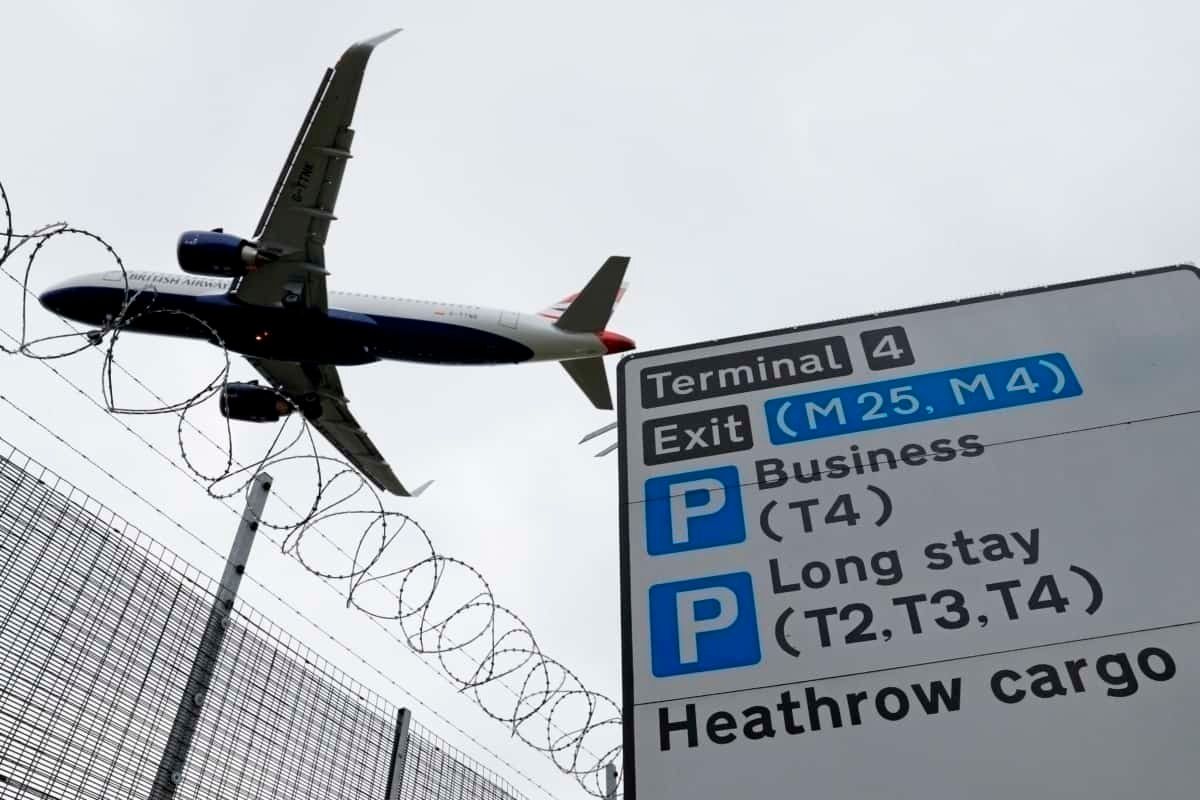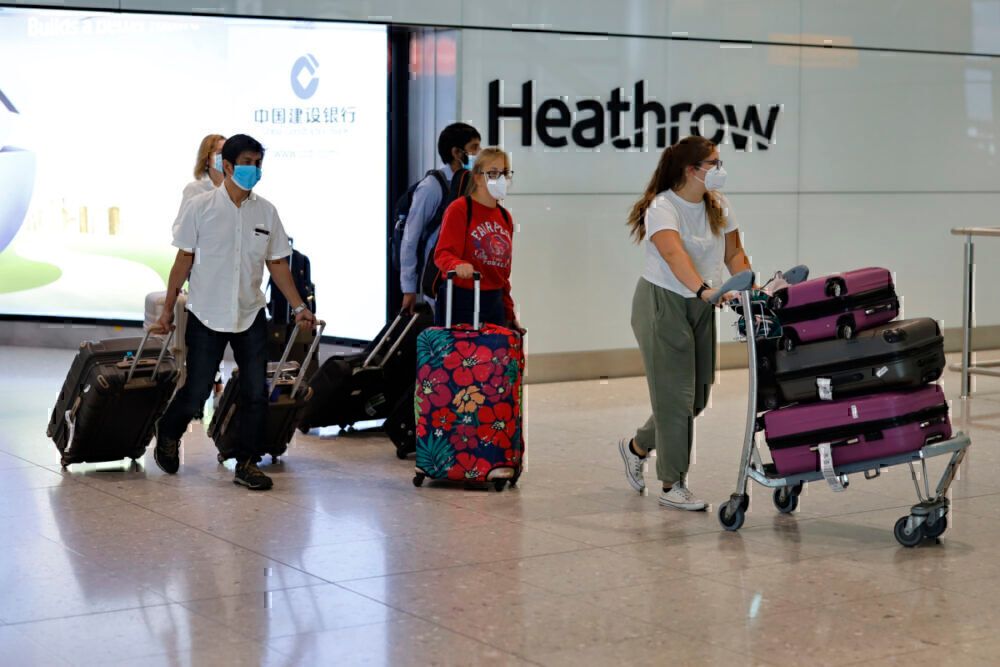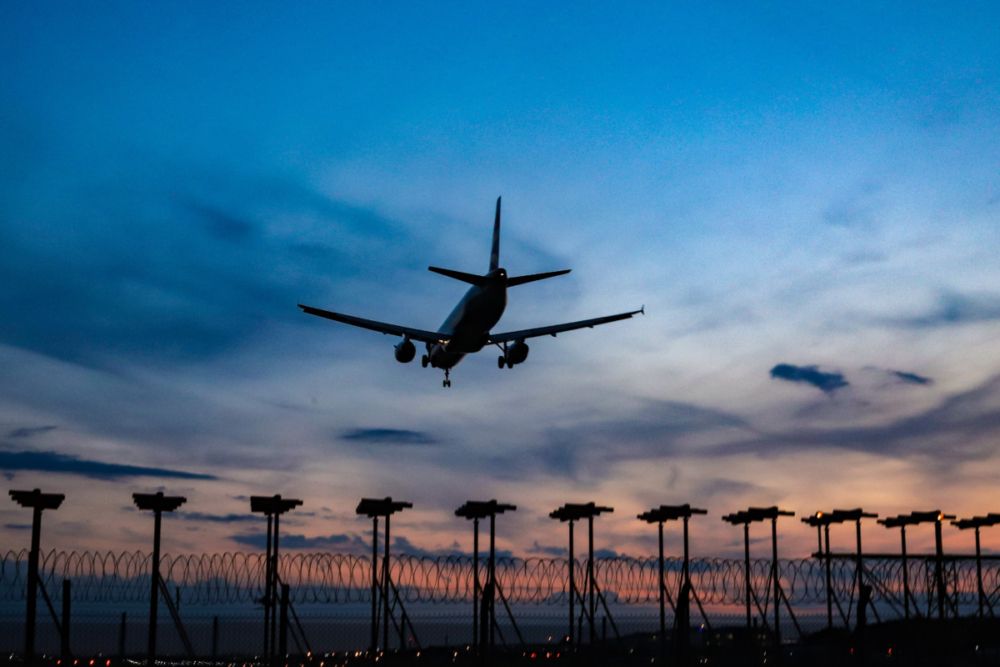British Prime Minister Boris Johnson announced this week that the UK is heading towards a second wave of COVID19. In an attempt to tackle the rising number of new cases, the UK has introduced new, stricter lockdown measures across the UK and updated the list of countries on the quarantine exemption list. We’ve rounded up everything that changed over the past week, so you’re fully up to date.
New additions
The UK is continuously updating its list of countries from which travelers don’t need to isolate upon returning to the UK. At the moment, the list is shrinking. This week, at 04:00 on Saturday 19th, Singapore and Thailand were added to the list. This means anyone arriving back in the UK after this time will no longer need to isolate. Anyone who arrived before this time will need to isolate.
For many, the difference between isolate and no isolation was a matter of minutes. Passengers on British Airways flight BA016 arrived at Heathrow Airport from Singapore just 58 minutes after the cut off time, meaning all passengers will not have to isolate.
Thailand was also added as the number of cases in the country remain low. Last Saturday, Sweden was added to the exemption list as it has few outbreaks of the virus.
The full list of countries which the UK currently considers low risk and therefore travelers do not need to isolate on return now contains 66 destinations. These include Australia, The Channel Islands, Cuba, Finland, Germany, Greenland, Hong Kong, Iceland, Ireland, Italy, Japan, Malaysia, Norway, New Zealand, Poland, South Korea, Turkey, Vietnam, and several island destinations around the world. The full list can be viewed on the government website.
High-risk destinations
While its good news when more countries are added to the list, there are still plenty of countries being removed from the list as cases of COVID-19 spike. As well as adding Singapore and Thailand to the list on Saturday, the UK removed Guadeloupe and Slovenia. Anyone arriving in the UK will need to self-isolate for 14 days.
The previous Saturday, The UK government removed French Polynesia, Hungary, Portugal, and the Reunion from the list. The week before, most of the Greek islands were removed, meaning many holidaymakers had to rush back before 04:00 on Saturday 9th, or spend two weeks isolating. However, mainland Greece remains on the list and free from isolation measures.
Traveling to and from the UK
However, since the UK is seeing an increase in COVID-19 cases, all passengers must fill in a passenger locator form upon arrival in the UK. The form is used to track and trace outbreaks and inform passengers should another passenger test positive.
If you are traveling in the coming weeks, keep your eye on the list as it is likely to change quickly. Many people have had to rush back to the UK to avoid isolation. As the list is reactive to the number of cases, changes happen quickly. If you are traveling to the UK and your flight has a stopover at a country not on the exemption list, you will have to isolate on arrival in the UK. However, if you do not leave the aircraft and not new passengers board, you will not have to isolate.
With the new rise in cases, the UK is not on the exemption list for several countries. If the UK is not on the exemption list, you can travel to the country but have to abide by their isolation rules. This could put a damper on your holiday plans.




